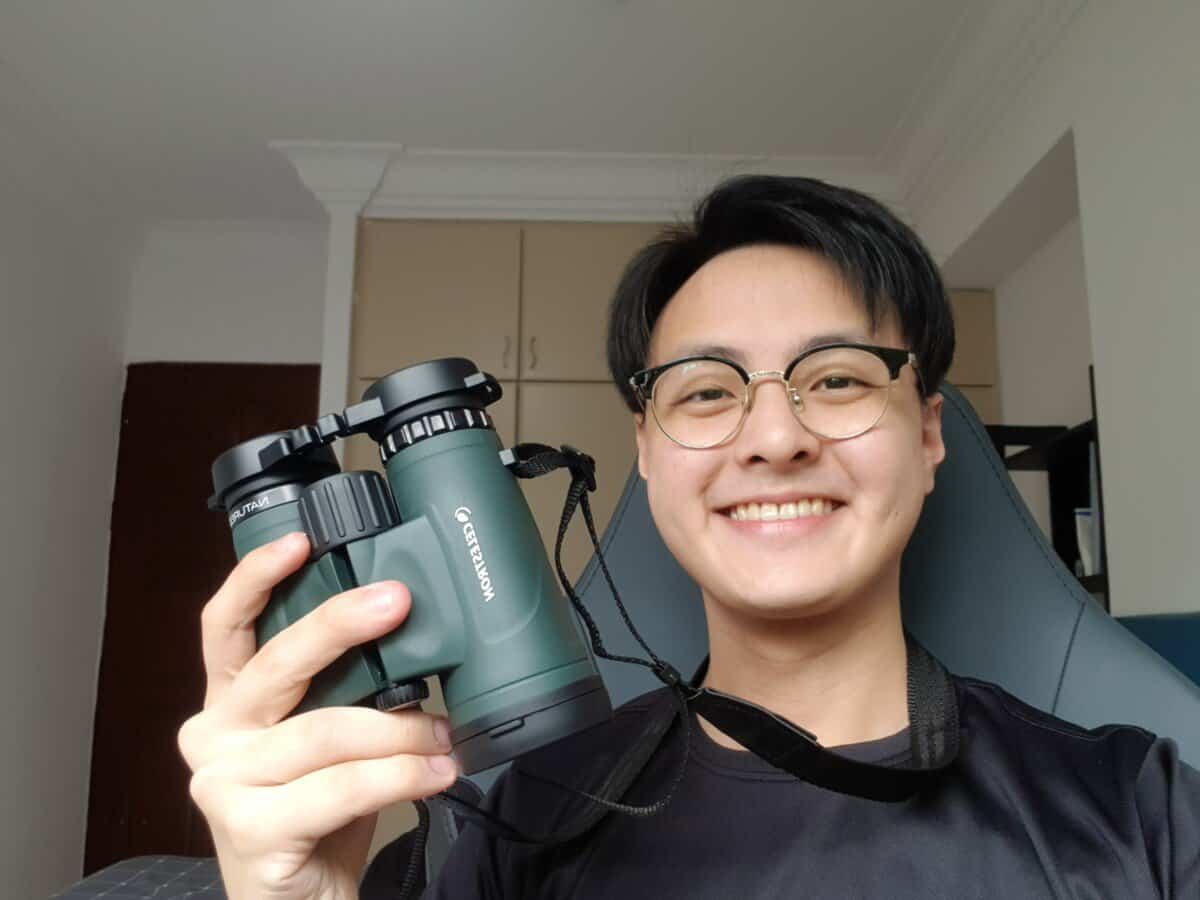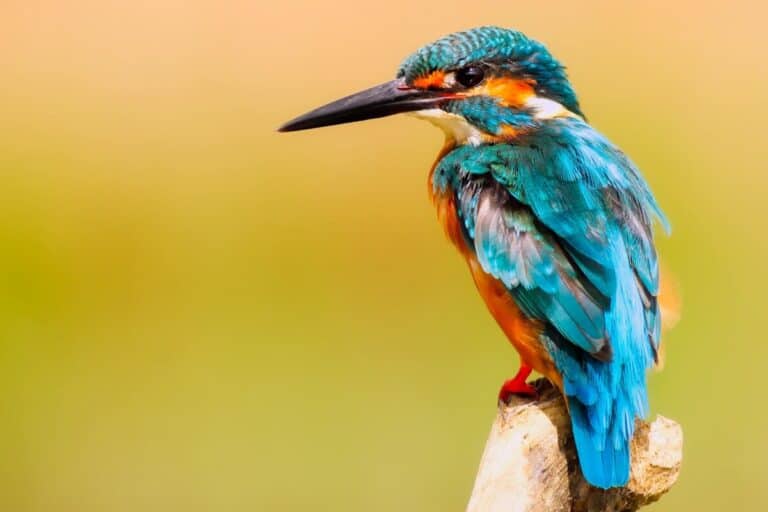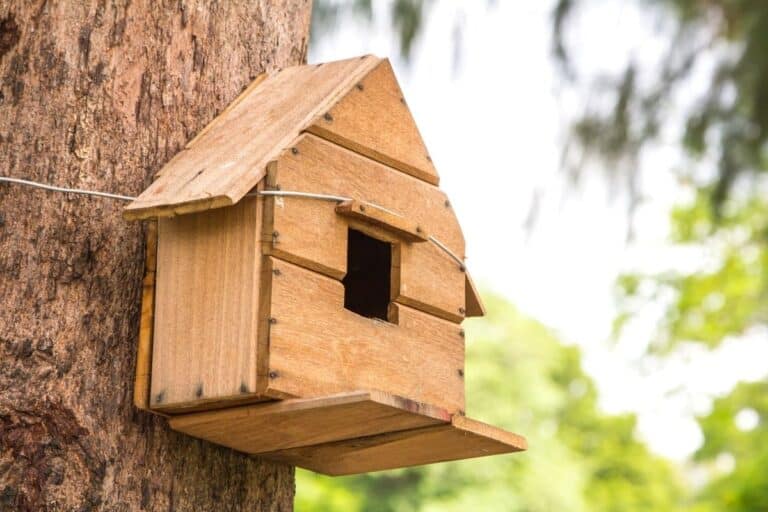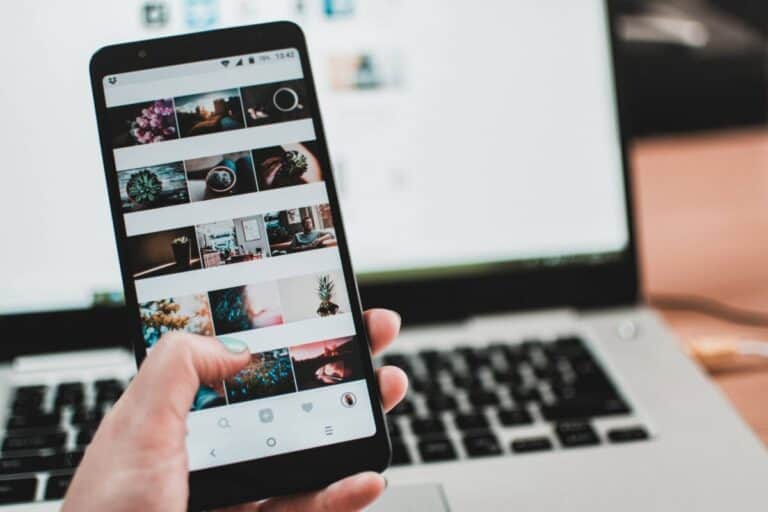How to Use Binoculars with Glasses: My 5 Best Tips!
We’re reader-supported; we may earn a commission from links in this article.
Binoculars are amazing tools for us to see far into the distance! However, it can get pretty annoying with glasses… Here’s a complete guide for you if you have glasses and want to use binoculars with them too. Here’s what I found:
When using binoculars with glasses there are a few points to consider:
- Purpose Of Glasses
- Length Of Eye Relief
- Type Of Eye Relief
- Picking The Right Pair Of Binoculars
- Setting Up Your Binoculars
Now you can see that there are many points to dive into when using binocular with glasses.
Taking the time to understand how to get started will save you A TON of time and effort for research.
Read on to find out more!
How To Use Binoculars With Glasses (FULL Guide!)
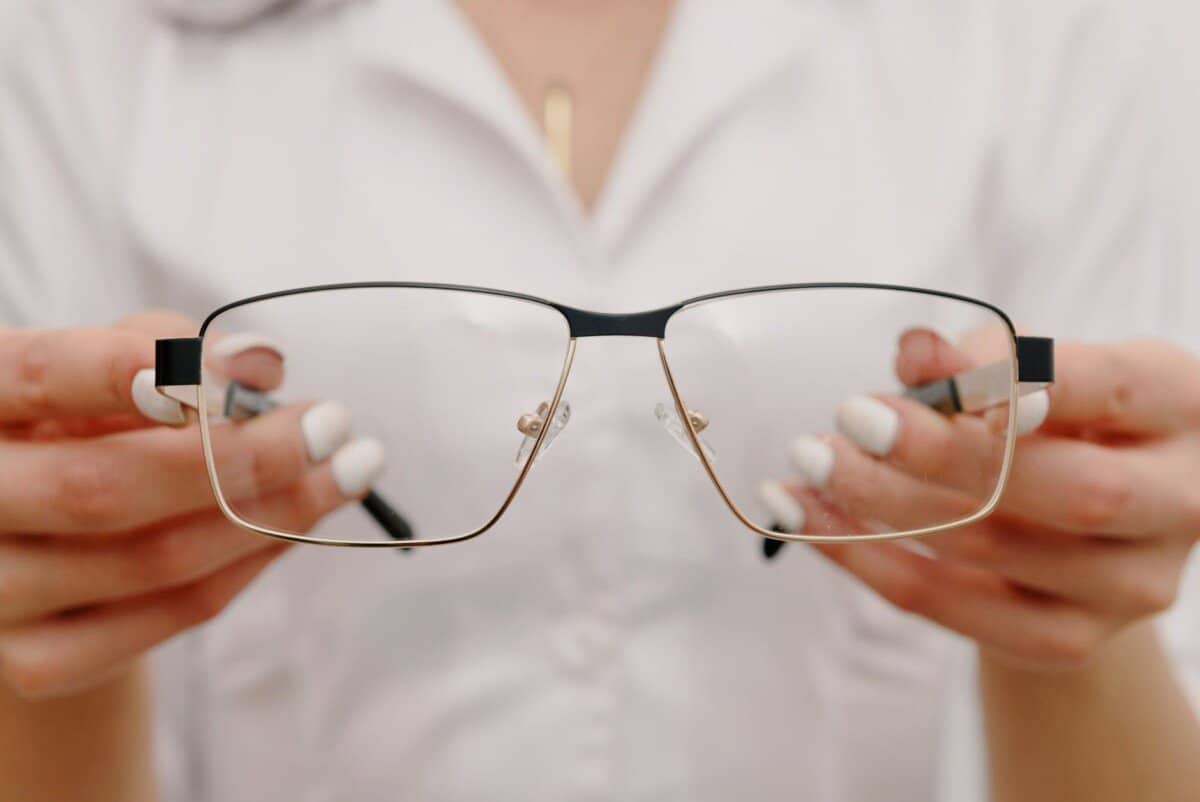
Before we dive right into the details of how to use binoculars with glasses, it’s important for you to understand how the binoculars actually work and how they were designed.
There’s isn’t much information out there given by binoculars companies on how to use binoculars for glasses-wearers.
Don’t worry, I also share your struggles in finding information on this so let’s begin by first understanding more!
1) Purpose Of Glasses
In using binoculars with glasses, it’s important to note what kind of purpose you use your glasses for
As there are many different reasons why people use glasses, they entail different remedies when they are being used with binoculars!

Far/Nearsightedness
If you have trouble seeing far or seeing near, then chances are, you have far or nearsighted eyesight. This particular condition does not require you to wear your glasses while you are using your binoculars. As the binoculars allow for correction of your vision by adjusting your center and diopter adjustment focus on your binoculars. This means that you can choose to ditch your glasses altogether.
HOWEVER, if you were particularly interested in hunting or birding or whatever activity that involves binoculars, chances are that you will be looking really far. So you’ll definitely want to keep your glasses on while doing your activity. This is more important especially during birding as you would need to spot a bird far away first, before zooming in with your binoculars. If you’re farsighted, you won’t be able to do that. No worries though, I will get to how you can keep your glasses on while using your binoculars later in this article.
Astigmatism
This is an eyesight defect that happens when the light that enters your eyes does not focus on a common focal point. This leads to a distorted image that bleeds off the edges when you look at a bright image in the dark.
If you find that you have this condition and wear any glasses that correct this condition, then I strongly suggest that you keep your glasses on while using your pair of binoculars. This is because binoculars do not provide any corrective action for astigmatism.
Bifocal, Trifocal and Varifocal Glasses
This particular glasses lens can contain multiple lens powers on the same lens – and this can be two, three, or more different powers. These lenses may have lines that demarcate the difference between different powers.
If you’re using glasses like these, then you’ll probably want to look through a particular segment of your glasses when you look through your binoculars. If not, then you can consider taking off your glasses when using your binoculars.
Progressive Lenses
My father personally has one of these. This particular type of lens has correction powers that change smoothly over different areas of the lens. Near the top, it’s typically for far vision, and intermediate and near vision as it nears the bottom. This is lens typically is the solution to presbyopia.
In this particular type of lens, you would not need to take off your glasses when you look through your binoculars. You can just simply look through the portion of your glasses lens when doing so.
2) Length of Eye relief
Now you may be wondering what eye relief is. Eye relief is actually the length from the internal objective lens in the binoculars to your eyes. This length is important as it can determine if you see blurry images or not. As a glasses-wearer, this is even more important to you as your glasses lens will take up some of that distance when you look through the binoculars.
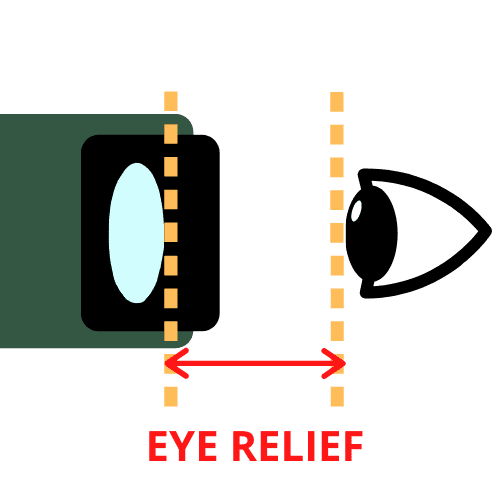
As a rule of thumb, if you wear glasses, you will want to have your eye relief of at least 16mm. Most glasses wearers actually need a longer eye relief than that.
This number can be found on the packaging of the binoculars that you currently have. If you’re new and want to purchase a pair of binoculars with plenty of eye relief, then I recommend the one I currently use.
It has an eye relief of 17.5mm and can suit most glasses wearers. So you’ll be in good hands!
3) Type Of Eye Relief Cups
The type of eye relief cups that your binoculars have also play a part in the experience of looking through your binoculars as a glasses wearer.
Currently, there are two designs that are out there. Fixed-focus designs and twist-up designs.

Fixed-focus design: Older and possibly cheaper binoculars have a fixed-focus design that only has simple rubber cups that can be folded down when you want to shorten your eye relief distance.
This kind of binoculars is perfect as it is if you find that you can view your image clearly without any shifting black shadows at the edges of the screen or blurry edges.

Twist-up design: Recently, the modern design of binoculars has been improved with a new design: a twist-up kind of eyecup.
I personally really like this design as it’s sleek and makes a lot of sense when you want the flexibility and ease to adjust to suit your needs. Certain eye cups have multiple stops that ‘click’ at set lengths.
Although some people may prefer this, I still prefer the one I use and recommend, which has twist-up eyecups but without the ‘click’ stops.
4) Picking The Right Pair Of Binoculars
If you already have a pair and don’t want to spend money on a new one, that’s fine too! If your current pair works fine with points 1 to 3, then skip to part 6 to get yourself set up to use your binoculars.
Picking the right pair of binoculars for a glasses wearer can already be half the battle won! If you’ve been struggling to find a pair that can actually work out for beginners or if you don’t want to break the bank, you can consider using the same pair that I use.
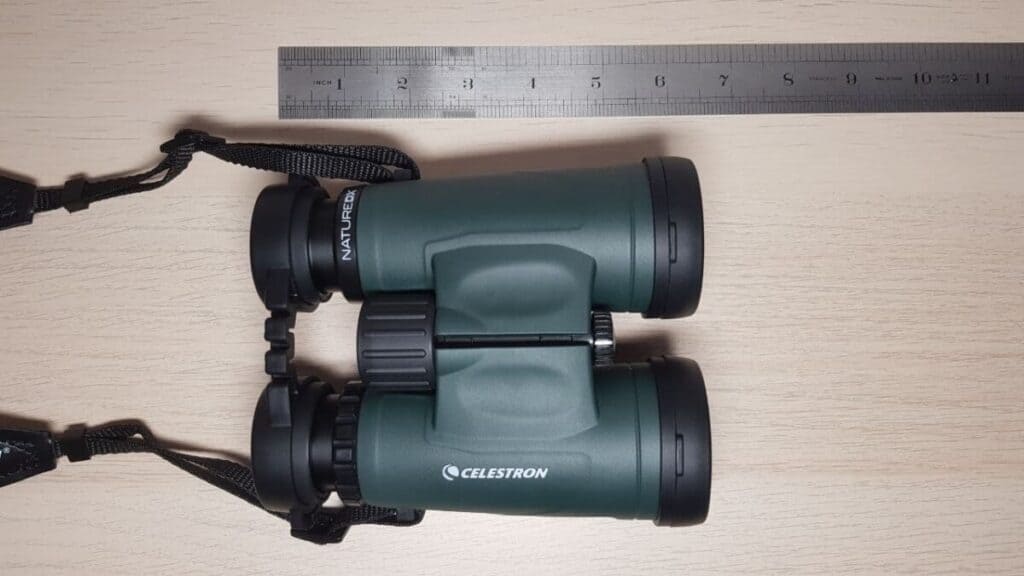
The pair I currently use is the Celestron Nature DX 8×42 Binoculars. As a birder, this pair of binoculars is perfect for my use as it’s good for close-range viewing, has sufficient eye relief at 17.5mm (good eye relief length), and has great twist-up eyecups (good eye relief cups). It’s a very balanced entry-level binoculars! Here’s a video review of it if you need more information.
5) Setting Up Your Binoculars
Now that you have your binoculars in hand that works after fulfilling the criteria in parts 1 to 3, you’re ready to set up your own binoculars.
Step 1: Twist down or fold down your eyecups
If you wear glasses, you already have sufficient eye relief because the distance between your eye and the glasses adds to the eye relief length. So you don’t need to extend them out.
Step 2: Look through your binoculars lens with your glasses on
When you look through your binoculars lens with your glasses on, make sure that you do not see any
Step 3: Check for vignetting
Vignetting is the blacking out of the edges of an image when you look through a pair of binoculars. It’s caused when the eye relief distance is too short. In such a case, you need to extend the eyecups until the black rings stop forming around the edges: this means that the relief distance is sufficient.
If you see blurry black edges like this, then it means that there’s vignetting.
If your image is clear, the edges should look well defined like this:
Step 4: You’re Done!
You’re done if your image looks great!
Final Thoughts
Now you know what are things to know when using binoculars with glasses! Go on and see the birds you love or targets you love to shoot. Happy scoping!
My Recommended Birding Resources:
Hey there, Justin here!
Here’s a list of all my favorite resources, products, and brands I trust and love.
My Celestron Nature DX 8×42 Binoculars: It’s a great budget pair for beginner birders. Highly valued for its price! Read my review.
Safe Paint for Bird Baths Guide: Learn about non-toxic paint for painting bird baths.
Safe Sealers for Bird Baths Guide: Learn which sealers are safe for bird baths.
Safe Paint for Bird Feeders Guide: Learn what special care needs to be taken to paint bird feeders with the right paint.
Safe Paint for Birdhouses Guide: Learn about non-toxic paint for painting birdhouses. (Not the same as bird baths!)
Bird Identification Apps Guide: 2 of my favorite birding apps are Merlin Bird ID, and eBird Mobile! Merlin is great for tracking and identifying birds, and eBird Mobile is great for tracking the birds sighted when birding.
Check out my resources page for the full list of resources I recommend!

Justin Chia
Justin is the founder and author of Birding Outdoors. He is a Nanyang Technological University (NTU) alumnus with a Bachelor of Biological Sciences and a former data analyst.
Now, Justin runs the Birding Outdoors blog full-time, hoping to share his deep love for birds, birding, and nature with others.
To unwind, Justin enjoys gaming and reading.

